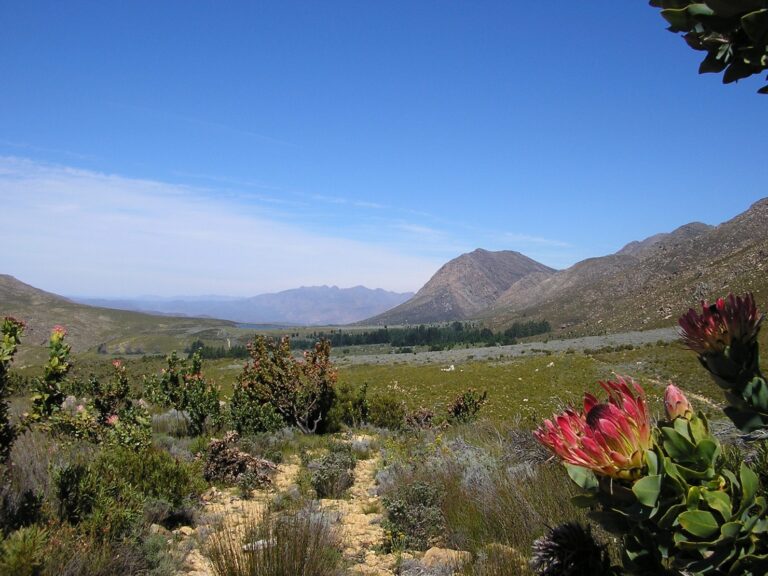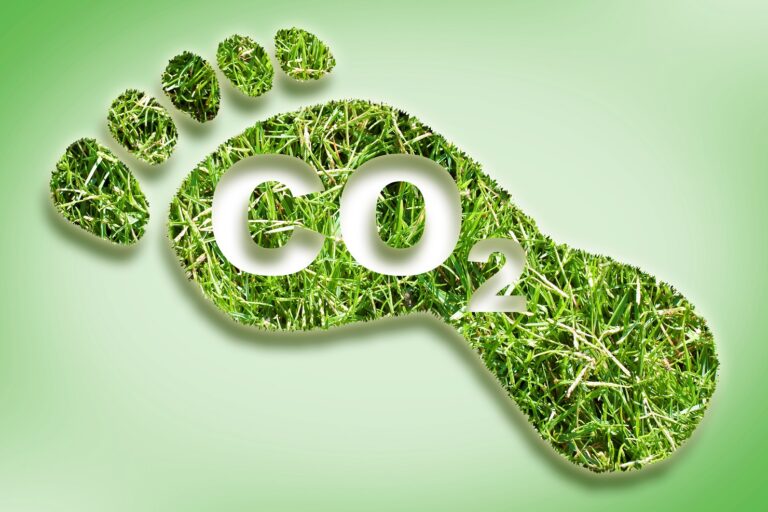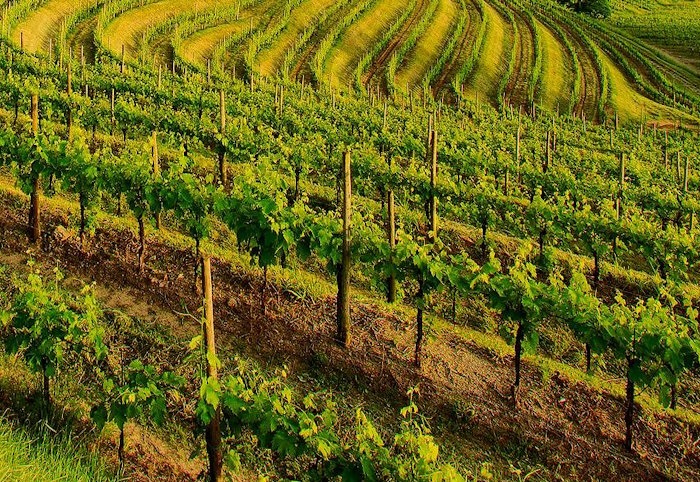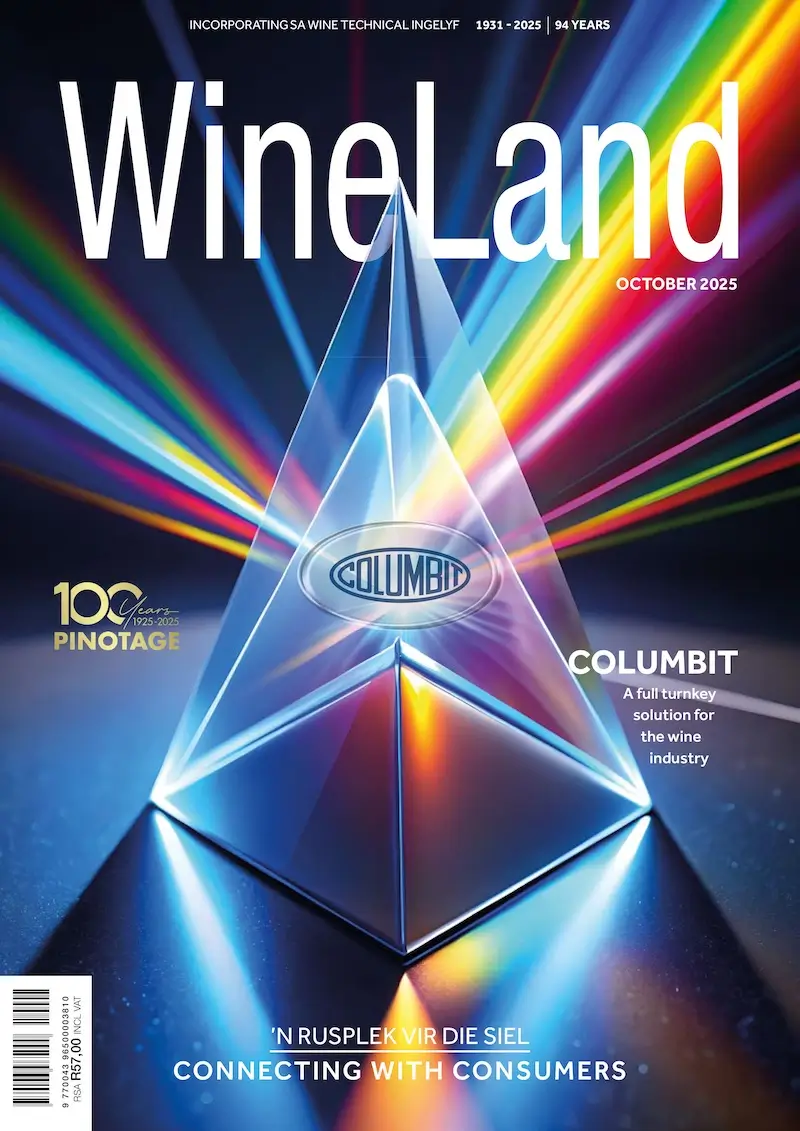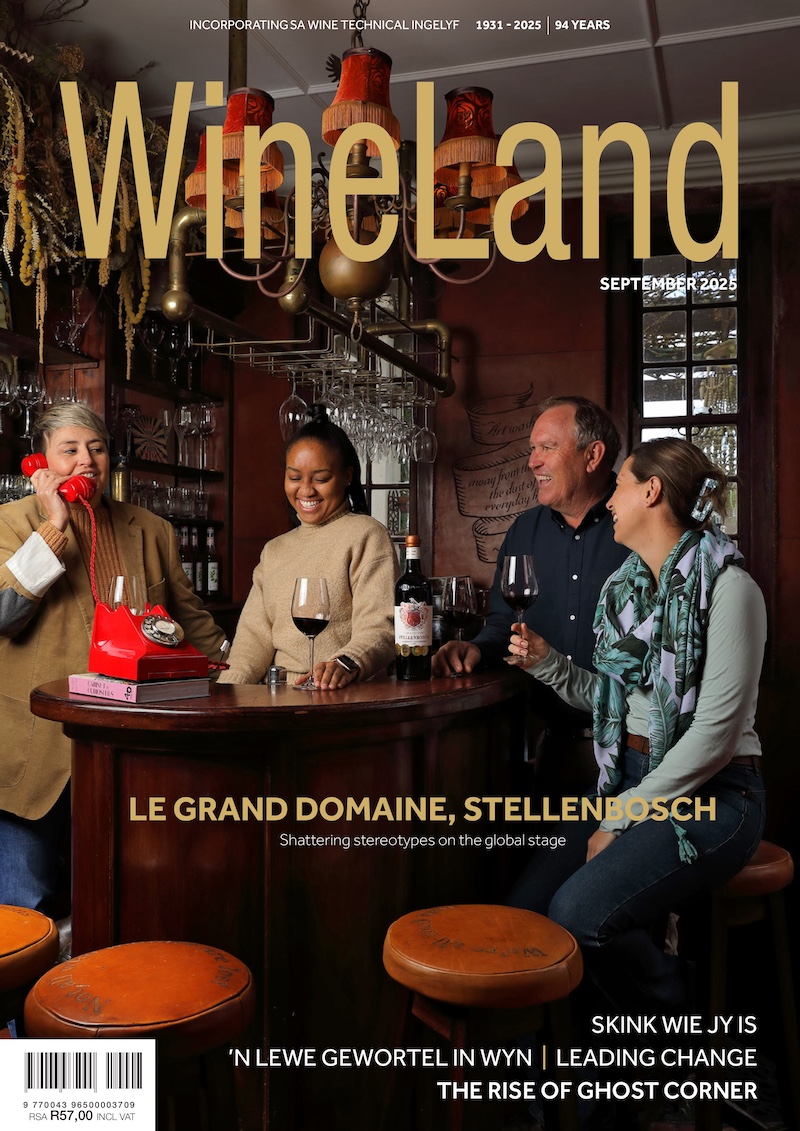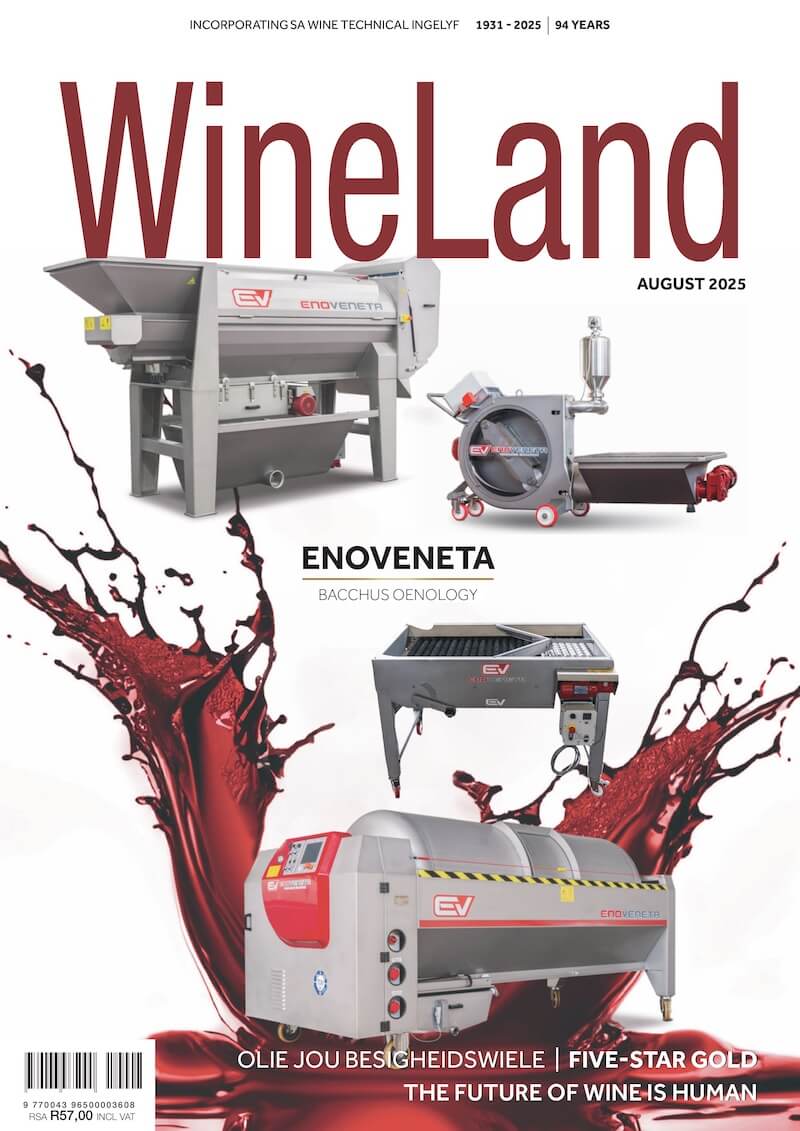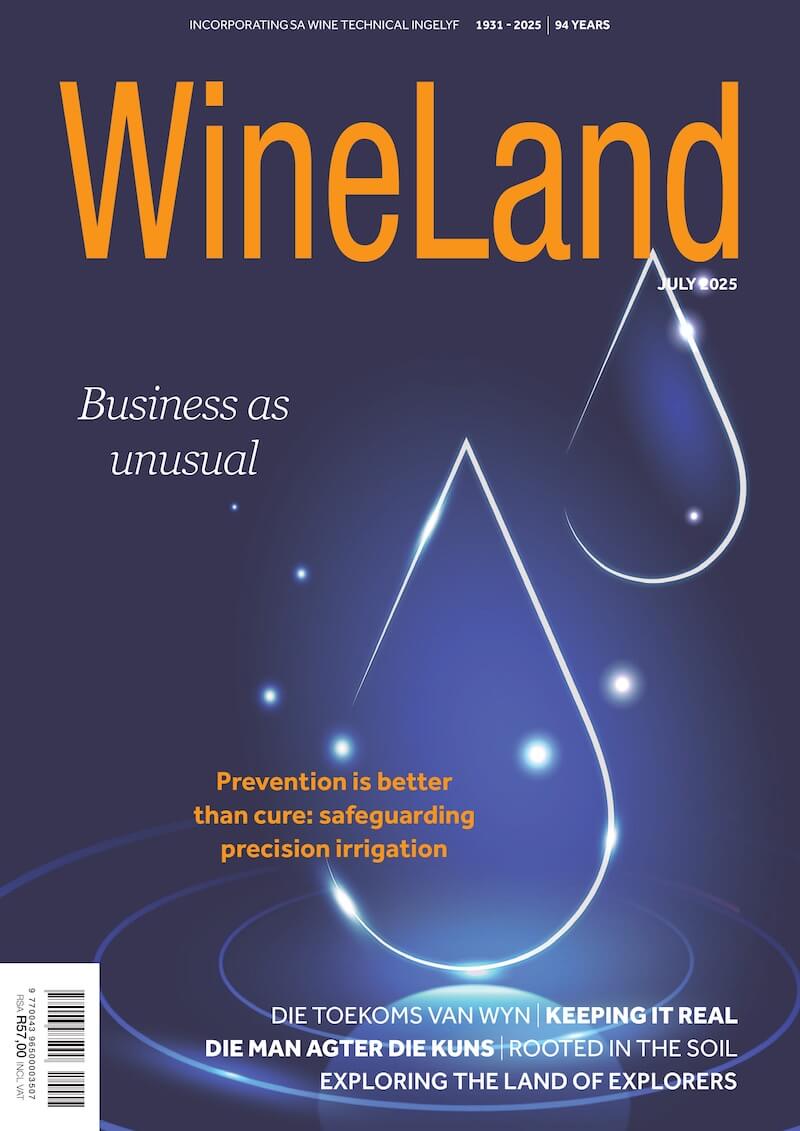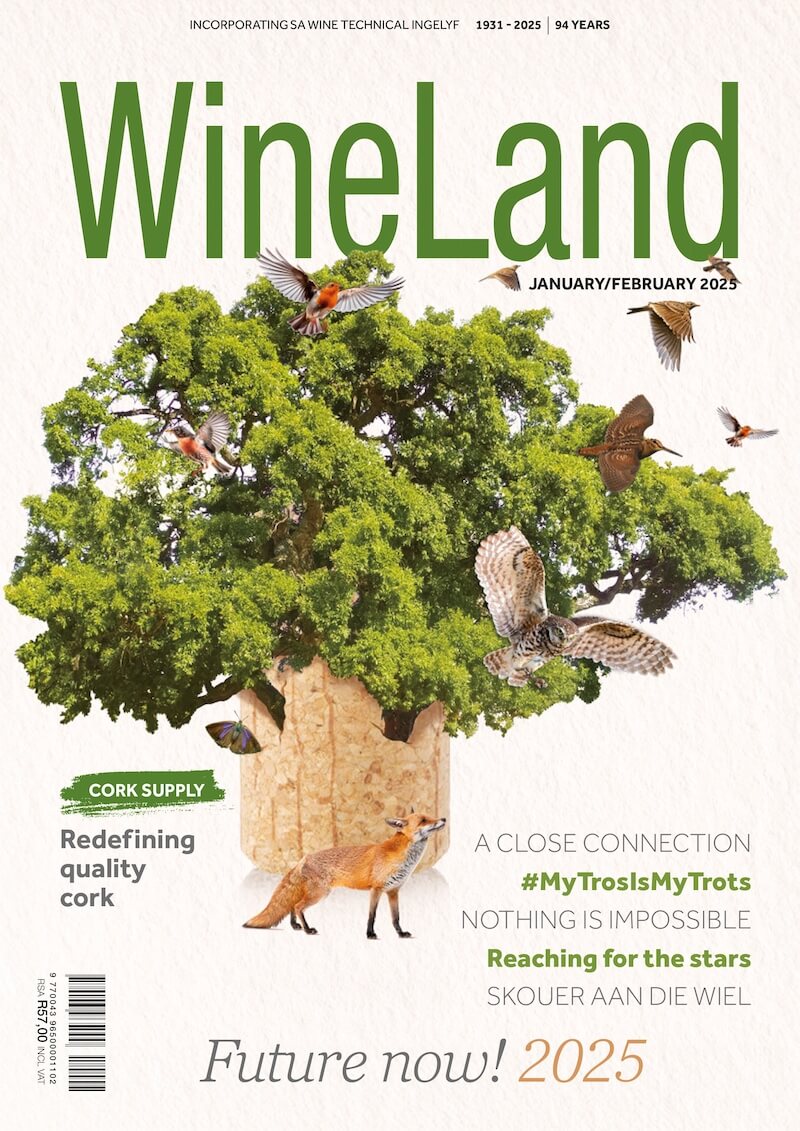
PHOTO: Shutterstock.
Pinking is a phenomenon that occurs as soon as white wines with pinking potential are exposed to oxygen. It is common in Sauvignon blanc, but may also occur in Chardonnay, Colombar, Chenin blanc and Viognier (Tobe, 1983).
Several scientific publications examine possible compounds/components that promote pinking, but the findings do not all concur and up to the present there is uncertainty about which compound causes pinking (Andrea-Silva et al., 2014). Research about pinking is therefore ongoing.
This article discusses a few basic guidelines to reduce the pinking potential of white wines. Research at Nietvoorbij is currently in progress and more comprehensive feedback will be provided to the industry once the study has been completed.
Reductive vinification
During reductive vinification the winemaker tries to eliminate oxygen (O2) as much as possible. The most common ways of achieving this include the use of dry ice, inert gas (N2, CO2 and Ar) or ascorbic acid.
The use of dry ice and inert gas displaces O2 from the tank or the wine (if a sparger is used). The treatments eliminate any O2 from the wine. When ascorbic acid (vitamin C) is used, in the presence of oxygen in the juice/wine, the ascorbic acid is oxidised to dehydroxyascorbic acid, ultimately resulting in the formation of hydrogen peroxide (H2O2) (Bradshaw et al., 2004; Barril et al., 2016).
Being a potent oxidising agent, H2O2 requires SO2 to bind to and neutralise it (Bradshaw et al., 2004; Skouroumounis et al., 2005; Bradshaw et al., 2011). Although ascorbic acid is a very good antioxidant, it has the ability to reduce the shelf life of Sauvignon blanc and the wines quickly become brown after bottling (Barril et al., 2016). It is therefore important to consider the following:
- The free SO2 concentration of the wine should always be kept at 35 – 45 mg/ℓ if ascorbic acid is used.
- When working with dry ice and inert gas, it is also important to keep the SO2 of the wine as close as possible to the above-mentioned values.
- Ascorbic acid reacts with SO2 at a ratio of 1:1.7 and not 1:1 as commonly assumed. It is therefore important first to determine the existing concentration of ascorbic acid in the wine before making any ascorbic acid additions/adjustments.
Metals in wine
Much research has been done on the effect of heavy metals, such as for example copper (Cu), manganese (Mn) and iron (Fe) in wine (Puig-Deu et al., 1994; Palacios et al., 2001; Ibanez et al., 2008; Bornet & Teissedre, 2008; Clark et al., 2015). The effect of Cu and Fe as catalysts during the oxidation of phenols in wine is well known. It is always good to analyse the wine for heavy metals and if the metal content is high (Cu = 1.0 mg/ℓ and Fe = 10 mg/ℓ), the free SO2 levels should be kept at a minimum of 45 mg/ℓ (Clark et al., 2015).
The use of agents to reduce pinking potential in wine
Among winemakers it is common practice to reduce pinking potential in white wines by adding PVPP (Lamuela-Raventós et al., 2001). PVPP is added to wine during fermentation or at other vinification stages and reduces/prevents the potential of a wine to pink. However, PVPP is not very effective as a post-pinking treatment.
In a study conducted at Nietvoorbij to test the effectiveness of products to prevent/treat pinking, 29 different products were individually added to the juice/wine at three stages, i.e. settling, fermentation and fining. The latter were selected, because they are the most common stages when winemakers make additions to juice or wine. All the products were not equally effective in the prevention of pinking at all stages and winemakers must be careful about which product to use at which stage. The products which fared best at all three stages were PVPP, gelatine, ascorbic acid and a mixture of the above.
Vinification treatments
During the current study at Nietvoorbij different vinification treatments were tested to find out what winemakers can do to reduce the pinking potential of their wines.
Degree of ripeness
Sauvignon blanc grapes were crushed at three different degrees of ripeness, i.e. 18°B, 20°B and 26°B. The potential for pinking increased with the degree of ripeness. Winemakers should be aware of this phenomenon and take preventative action accordingly.
Cold pressing as opposed to normal temperature
Sauvignon blanc grapes were harvested and divided into two batches. One batch was kept at 4°C overnight before being crushed and pressed. The second batch of grapes was crushed at 20°C. The wine from the grapes that were crushed at 4°C showed the most pinking potential. Possible reasons for the difference in pinking potential include the fact that cold grapes contain more oxygen than their warmer counterparts. More molecular oxygen is retained in the juice, which in turn increases oxidation and consequently increases pinking potential.
Influence of pressing methods on pinking potential
A destalker was used for one batch of grapes, while the other group underwent whole bunch pressing. Wines from the two methods were tested and the whole bunch pressed grapes were found to have higher pinking potential. Although the whole bunches undergo a more gentle pressing, the presence of the stalks has a big impact. The stalks secrete phenols.
Influence of skin contact period and temperature
Grapes were pressed at two temperatures, i.e. 10°C and 20°C. The skin contact period ranged from three to six hours at both temperatures. Control wines received no skin contact. Although there was an increase in pinking potential in the case of the six hours’ skin contact at 10°C, the differences between the various treatments were not significant.
Conclusion
According to this Nietvoorbij study it is clear that the practices used by winemakers to make Sauvignon blanc can indeed increase the pinking potential of their wines. Sauvignon blanc is an oxygen sensitive cultivar, which means that the wine may oxidise very rapidly following the slightest uptake of oxygen. The wine then has the ability to become pink first before browning. The degree of ripeness and the temperature of the grapes, as well as the press method, had a significant impact on the pinking potential of the wine in this study. The potential of the wine to pink increased with riper, cooler and whole bunch pressed grapes. Winemakers should therefore preferably harvest grapes at lower to normal degrees of ripeness and destalk grapes at the cellar at ambient temperature, followed by pressing. Different press methods, as well as periods of skin contact, increase the wine’s phenolic composition, which in turn constitute substrates for oxidation. Phenolic extractability of grapes increases as they ripen. Consequently vinification practices impact on the chances of pinking in Sauvignon blanc that has pinking potential. The study is ongoing in order to find better answers to the pinking problems currently experienced by winemakers.
Literature
Andrea-Silva, J., Cosme, F., Ribeiro, L.F., Moreira, A.S.P., Malheiro, A.C., Coimbra, M.A., Domingues, M.R.M. & Nunes, F.M., 2014. Origin of the pinking phenomenon of white wines. Journal of Agricultural and Food Chemistry 62: 5651 – 5659.
Barril, C., Rutledge, D.N., Scollary, G.R. & Clark, A.C., 2016. Ascorbic acid and white wine production: A review of beneficial versus detrimental impacts. Australian Journal of Grape and Wine Research 22: 169 – 181.
Bornet, A. & Teissedre, P.L., 2008. Chitosan, chitin-glucan and chitin effects on minerals (iron, lead, cadmium) and organic (ochratoxin A) contaminants in wines. European Food Research and Technology 226: 681 – 689.
Bradshaw, M.P., Scollary, G.R. & Prenzler, P.D., 2004. Examination of the sulfur dioxide-ascorbic acid anti-oxidant system in a model white wine matrix. Journal of the Science of Food and Agriculture 84: 318 – 324.
Bradshaw, M.P., Prenzler, P.D. & Scollary, G.R., 2011. Ascorbic acid-induced browning of (+)-catechin in a model wine system. Journal of Agricultural and Food Chemistry 49(2): 934 – 939.
Clark, A.C., Wilkes, E.N. & Scollary, G.R., 2015. Chemistry of copper in white wine: A review. Australian Journal of Grape and Wine Research 21: 339 – 350.
Ibanez, J.G., Carreon-Alvarez, A., Barcena-Soto, M. & Casillas, N., 2008. Metals in alcoholic beverages: A review of sources, effects, concentrations, removal, speciation, and analysis. Journal of Food Composition and Analysis 21: 672 – 683.
Lamuela-Raventós, R.M., Huix-Blanquera, M. & Waterhouse, A.L., 2001. Treatments for pinking alteration in white wines. American Journal of Enology and Viticulture 52(2): 156 – 158.
Palacois, V.M., Caro, I. & Pérez, L., 2001. Application of ion exchange techniques to industrial process of metal ions removal from wine. Adsorption 7: 131 – 138.
Puig-Deu, M., Lamuela-Raventos, R.M., Buxaderas, S. & Torre-Boronat, C., 1994. Determination of copper and iron in must: Comparison of wet and dry ashing. American Journal of Enology and Viticulture 45(1): 25 – 28.
Skouroumounis, G.K., Kwiatkowski, M.J., Francis, I.L., Oakey, H., Capone, D.L., Peng, Z., Duncan, B., Sefton, M.A. & Waters, E.J., 2005. The influence of ascorbic acid on the composition, colour and flavour properties of a Riesling and a wooded Chardonnay wine during five years’ storage. Australian Journal of Grape and Wine Research 11: 355 – 368.
Tobe, S.J., 1983. Pinking in table wines from white grapes. Unpublished thesis. University of California Davis.
– For more information, contact Anton Nel at nelap@cput.ac.za or Francois van Jaarsveld at VJaarsveldF@arc.agric.za.
